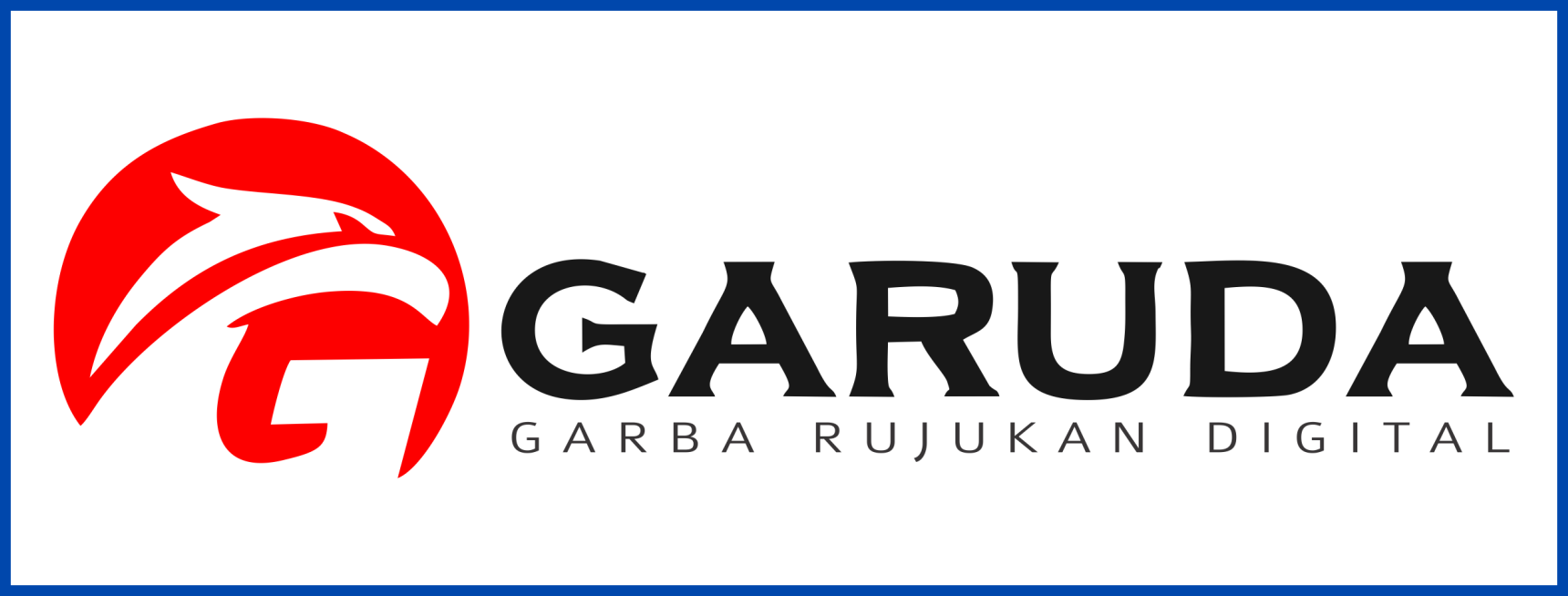Hubungan Pola Hidup Masyarakat Pesisir dengan Angka Kejadian Penyakit Diabetes Melitus dan Asam Urat
Abstract
Non-communicable diseases (NCDs) have become a global health problem, including in Indonesia itself, where the death rate caused by NCDs is quite high. One of the NCDs that is often found in society is diabetes mellitus and gout. An integrated coaching post (posbindu) was implemented as a NCDs prevention program targeting people aged 15–60 years. Posbindu has been running regularly in three villages where the UGM KKN-PPM unit JT-133 is located, namely Tedunan Village, Wedung Village, and Tempel Village. This research method is to collect data from health test results, is processed descriptively and quantitatively, and short anamnesis results (qualitative data) to explore the risk factor. The characteristics of the Posbindu participants examined were 14% men and 86% women, with ages ranging from 20 to 60 years, with details of the age group 19–44 being 53% and 45–60 years being 47%. Apart from that, the body mass index (BMI) of Posbindu participants was 47% normal, while 49% were obese. When examining the blood sugar of the obese group aged 19-44 years, there was an increase in blood sugar levels and the incidence of diabetes, compared to the non-obese group in the same age group. In the uric acid examination, it was found that the incidence of hyperuricemia in the 19-44 years age group was related to the incidence of obesity and certain eating patterns. From these data it can be concluded that one of the causes of diabetes mellitus and gout in the 19-44 years age group is lifestyle. The unhealthy lifestyle of coastal communities in these three villages includes lack of physical activity, excessive consumption of foods and drinks high in sugar, and others. Therefore, promoting a healthy lifestyle wherever and whenever, especially during posbindu, is the main key in preventing and treating NCDs.
References
Direktorat Jenderal Pelayanan Kesehatan. (2022). Penyakit Asam Urat. https://yankes.kemkes.go.id/view_artikel/1729/penyakit-asam-urat
InfoSehat FKUI. (2020). Makan Nasi Putih Panas Cepat Naikkan Gula Darah? – Info Sehat FKUI. https://fk.ui.ac.id/infosehat/makan-nasi-putih-panas-cepat-naikkan-gula-darah/
Kakutani-Hatayama, M., Kadoya, M., Okazaki, H., Kurajoh, M., Shoji, T., Koyama, H., Tsutsumi, Z., Moriwaki, Y., Namba, M., & Yamamoto, T. (2017). Nonpharmacological Management of Gout and Hyperuricemia: Hints for Better Lifestyle. American Journal of Lifestyle Medicine, 11(4), 321–329. https://doi.org/10.1177/1559827615601973
Kemenkes RI. (2012). Petunjuk Teknis Pos Pembinaan Terpadu Penyakit Tidak Menular (Posbindu PTM). Ditjen Pengendalian Penyakit Dan Penyehatan Lingkungan, Kementerian Kesehatan RI, 1–39. http://p2ptm.kemkes.go.id/uploads/2016/10/Petunjuk-Teknis-Pos-Pembinaan-Terpadu-Penyakit-Tidak-Menular-POSBINDU-PTM-2013.pdf
Liu, W., Liu, W., Wang, S., Tong, H., Yuan, J., Zou, Z., Liu, J., Yang, D., & Xie, Z. (2021). Prevalence and risk factors associated with hyperuricemia in the pearl river delta, guangdong province, china. Risk Management and Healthcare Policy, 14, 655–663. https://doi.org/10.2147/RMHP.S293913
Madyaningrum, E., Kusumaningrum, F., Wardani, R. K., Susilaningrum, A. R., & Ramdhani, A. (2020). Buku Saku Kader: Pengontrolan Asam Urat di Masyarakat. In Fakultas Kedokteran, Kesehatan Masyarakat, dan Keperawatan, Universitas Gadjah Mada. https://hpu.ugm.ac.id/wp-content/uploads/sites/1261/2021/02/HDSS-Sleman-_Buku-Saku-Kader-Pengontrolan-Asam-Urat-di-Masyarakat-_cetakan-II.pdf
Musdalifah, Indriastuti, D., & Syahwal, M. (2020). Budaya Makan Masyarakat Pesisir Yang Beresiko Terjadi Hipertensi Pada Lansia Dini di Kabupaten Konawe. Jurnal Keperawatan, 4(2), 1–8.
Ningrum, L. (2015). Studi Perilaku Konsumen Minum Teh dalam Gaya Hidup Berdasarkan Kelas Sosial untuk Membudayakan Teh Bagian dari Wisata Kuliner (Studi Wilayah Jakarta Selatan dan Bogor). Jurnal Ilmiah Pariwisata-STP Trisakti, 20(2), 1–10.
Perhimpunan Reumatologi Indonesia. (2018). Rekomendasi Pedoman Diagnosis dan Pengelolaan Gout.
Perkeni. (2021). Pedoman Pengelolaan dan Pencegahan Diabetes Melitus Tipe 2 Dewasa di Indonesia 2021. Global Initiative for Asthma, 46. www.ginasthma.org.
Prasetio, B., & Susanto, I. H. (2013). Hubungan Aktivitas Fisik dengan Indeks Massa Tubuh pada Anak di Daerah Kampung Nelayan Pesisir Pantai Kenjera. 4(1), 347–350.
Shan, R., Ning, Y., Ma, Y., Gao, X., Zhou, Z., Jin, C., Wu, J., Lv, J., & Li, L. (2021). Incidence and risk factors of hyperuricemia among 2.5 million chinese adults during the years 2017–2018. International Journal of Environmental Research and Public Health, 18(5), 1–11. https://doi.org/10.3390/ijerph18052360
Siregar, P. A., Simanjuntak, S. F. S., Ginting, F. H., Tarigan, S., Hanum, S., & Utami, F. S. (2020). Physical Activity, Consumption of Salty Foods and the Occurrence of Hypertension in Coastal Communities in Medan City. Jurnal Ilmiah Kesehatan (JIKA), 2(1), 1–8. https://doi.org/10.36590/jika.v2i1.34
WHO. (2019). Non-Communicable Diseases Data Portal in Indonesia. https://ncdportal.org/CountryProfile/GHE110/IDN
WHO. (2022). Non-Communicable Diseases. https://www.who.int/news-room/fact-sheets/detail/noncommunicable-diseases
WHO. (2022). Physical activity. https://www.who.int/news-room/fact-sheets/detail/physical-activity
Copyright (c) 2023 Jurnal Pengabdian, Riset, Kreativitas, Inovasi, dan Teknologi Tepat Guna

This work is licensed under a Creative Commons Attribution-ShareAlike 4.0 International License.









